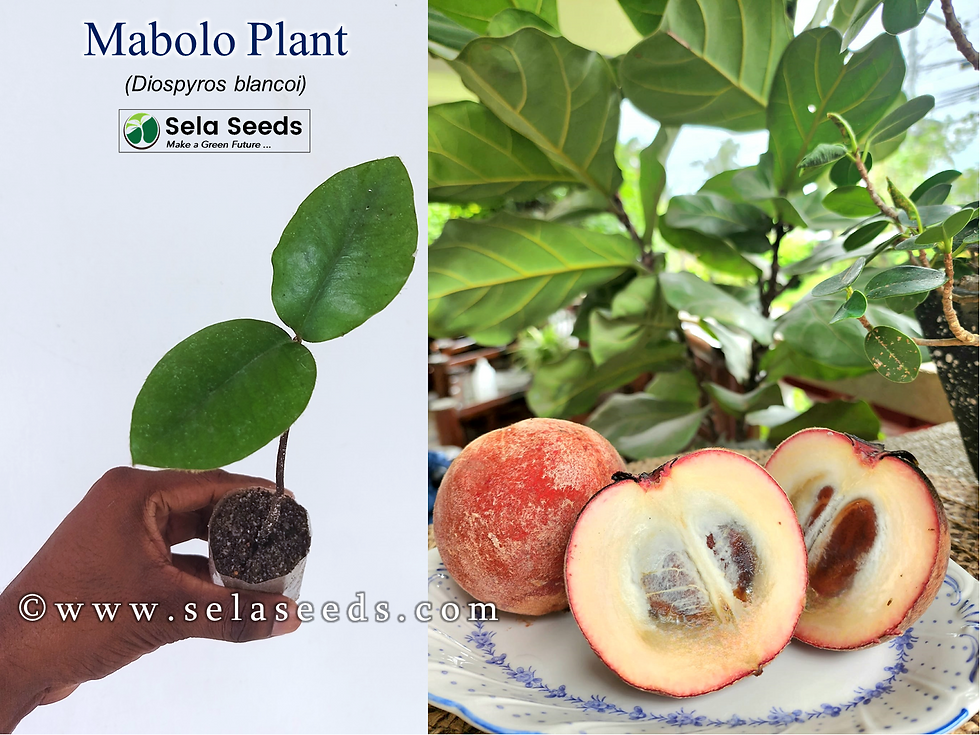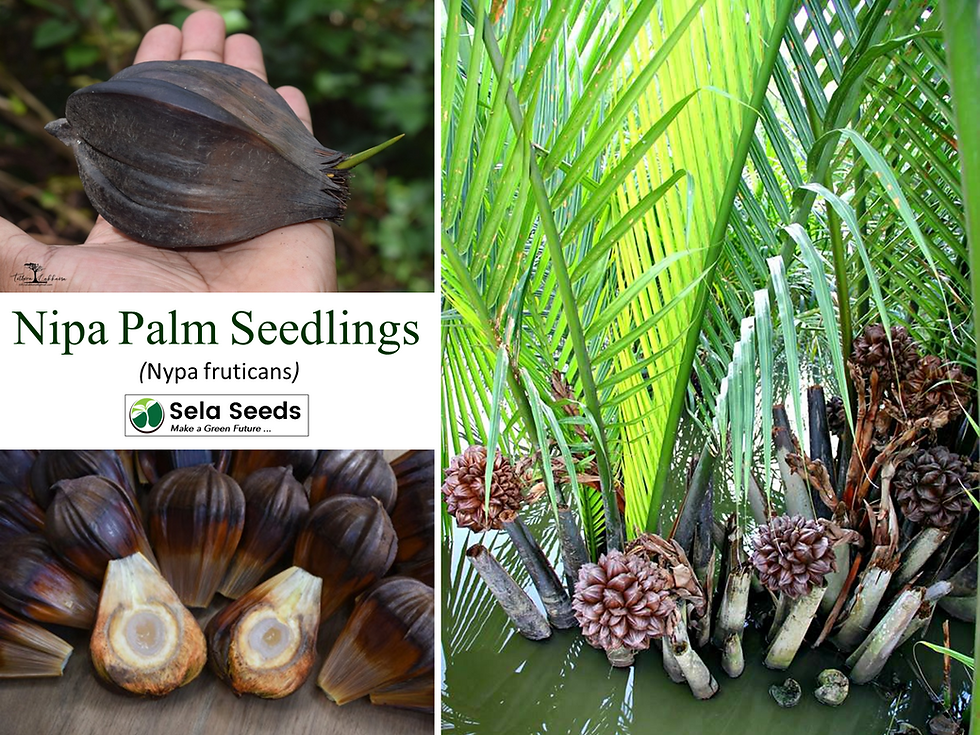Type : Live plants
Size : 14-18Cm
The Swiss cheese plant (Monstera adansonii) gets its common name from its large, heart-shaped leaves that develop holes as the plant ages (in a process called fenestration). This makes the leaves resemble Swiss cheese. Native to Central and South America, the Swiss cheese plant is a tropical perennial that's typically grown as a houseplant. Like its cousin Monstera deliciosa (also referred to as the Swiss cheese plant), Monstera adansonii has a fast growth rate and a vining habit. But it will remain at a manageable size when grown in a container indoors. When cultivated as a houseplant, Swiss cheese plants are typically grown from young nursery plants and can be potted at any time. It's important to note that all parts of Monstera plants are toxic to pets, so be careful when growing them indoors.
Swiss Cheese Plant Care
The Swiss cheese plant is notoriously easy to care for, and it loves to climb. The plant has aerial roots growing downward from the stem, which brace against the ground or any available support. In the wild, it will use these roots to push itself up onto an adjoining tree or woody vine. When growing it as a houseplant, you can simulate this by inserting a stake in the center of its pot.
Providing regular water and food will be your main care task with this plant. You also might need to do some maintenance pruning to keep the plant at your desired size.
Light
Because of the Swiss cheese plant's tropical origin, it grows best in bright, indirect light. It's used to thriving under the cover of large trees in the jungle, and the foliage can easily burn if it's exposed to too much direct sun. If direct sunlight is unavoidable, limit exposure to just two or three hours of morning sun.
Soil
Swiss cheese plants grow best in peat-based potting mix, which will help to trap moisture in the soil without causing it to become waterlogged. For strong growth, aim for a soil pH between 5.5 and 7.
Water
These plants like to be consistently moist but not soaked. Before watering your Swiss cheese plant, stick your finger into the soil about an inch deep. If the soil feels nearly dry to the touch, it's time to water the plant. Irrigate until a little water runs out of the container's drainage holes.
Temperature and Humidity
These jungle plants thrive in very high humidity and warm temperatures. The closer you can mimic the plant's natural conditions, the better. Make sure your plant always remains in a spot that's above 40 degrees Fahrenheit, and protect it from drafts. A humidity level above 50% is ideal. A warm, well-lit bathroom is a good spot for this plant. If you need to increase humidity, mist the plant or use a humidifier in its space.
Fertilizer
After potting (or repotting) the plant, wait at least four to six months to fertilize it, as potting mix typically already has slow-release fertilizer in it. After that, fertilize your Swiss cheese plant monthly, using an all-purpose liquid fertilizer that has been diluted by half.
top of page
PrixÀ partir de 16,50$
Rupture de stock
Articles similaires
bottom of page

































